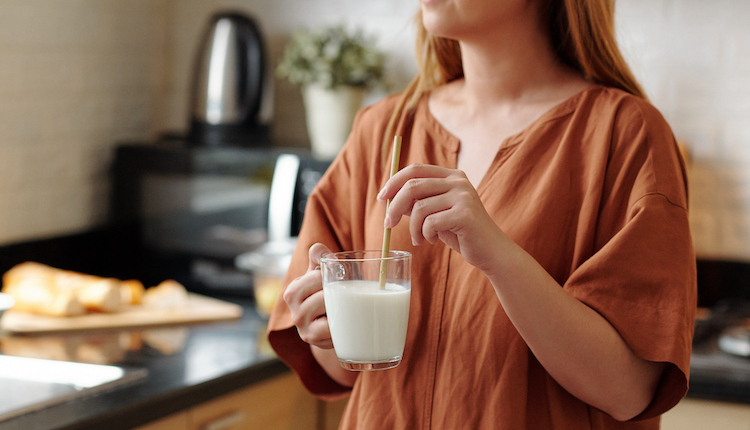
This is shaping up to be an exciting year for both whole and lactose-free milk, two growing segments of fluid milk consumption that are poised for further gains in grocery aisles as well as Washington, D.C. policy circles.
First, the facts: Even as fluid milk continues its decades-long challenge of eroded consumption as beverage markets diversify and consumer preference shifts to other forms of dairy, both whole milk and lactose-free varieties are bucking that trend. According to data from Circana Inc., which tracks retail sales, whole milk sales rose slightly (up 8 million gallons, or 0.6%) in 2023 over 2022. Because overall fluid sales declined, whole milk now makes up 45.4% of total fluid volume sold and is easily the most popular variety.
Lactose-free milk, meanwhile, reached a milestone. By climbing 6.7% to 239.2 million gallons last year, it surpassed the sales volume of almond beverages, by far the most popular plant-based milk alternative beverage. Almond’s annual decline of 9.8% is a big part of an overall consumer move away from plant-based alternatives, which have now seen two straight years of sales volume drops. Buyers are emphatically rejecting years of misleading claims that these beverages are a worthy substitute to dairy.
What’s next?
The National Milk Producers Federation is pushing for full congressional passage of the Whole Milk for Healthy Kids Act, which overwhelmingly passed the House in December and stands good prospects of passage in the Senate — if the right legislative vehicle can be found in a jam-packed election year. Bringing whole and 2% milk back to school meal menus is a great way to improve the nutrition of the next generation of milk drinkers. We have a call to action on our website urging senators to take up the bill.
Lactose-free milk is becoming the industry’s spearhead in ensuring equitable access to milk across diverse populations in federal nutrition programs. It is simply asinine federal policy to do what some vegan activists are proposing — increase access in federal programs to plant-based beverages that are both nutritionally inferior and now falling out of favor with consumers — when a beverage exists that circumvents lactose intolerance and offers all of milk’s benefits because it is, after all, milk. You will be hearing more about this in upcoming months as we strive to make 2024 a year when people become more broadly aware of just how critical lactose-free milk can be for effective and fair nutritional choices.
In what’s been a challenging time for the industry, what can the success of whole and lactose-free milk tell us? It shows that, for all the proliferation of alternatives, consumers like milk that’s most like milk, in taste and composition. They also like milk that’s accessible for everyone who wants its benefits. Quality and diversity are promising building blocks for a prosperous future. That’s plentiful in dairy, and this year, what consumers are choosing also can inform better federal policy.








